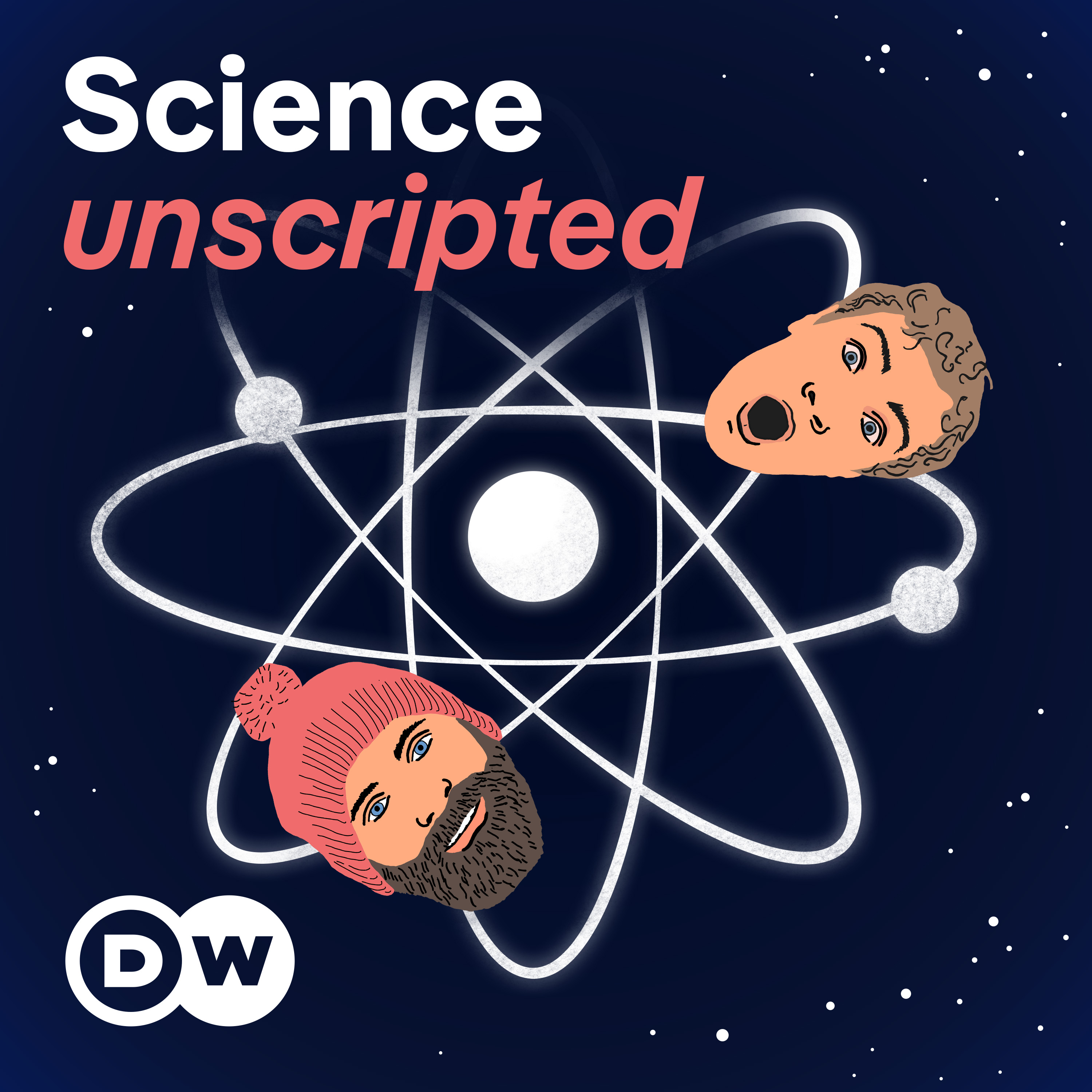
Heliox: Where Evidence Meets Empathy 🇨🇦
Join our hosts as they break down complex data into understandable insights, providing you with the knowledge to navigate our rapidly changing world. Tune in for a thoughtful, evidence-based discussion that bridges expert analysis with real-world implications, an SCZoomers Podcast
Independent, moderated, timely, deep, gentle, clinical, global, and community conversations about things that matter. Breathe Easy, we go deep and lightly surface the big ideas.
Curated, independent, moderated, timely, deep, gentle, evidenced-based, clinical & community information regarding COVID-19. Since 2017, it has focused on Covid since Feb 2020, with Multiple Stores per day, hence a sizeable searchable base of stories to date. More than 4000 stories on COVID-19 alone. Hundreds of stories on Climate Change.
Zoomers of the Sunshine Coast is a news organization with the advantages of deeply rooted connections within our local community, combined with a provincial, national and global following and exposure. In written form, audio, and video, we provide evidence-based and referenced stories interspersed with curated commentary, satire and humour. We reference where our stories come from and who wrote, published, and even inspired them. Using a social media platform means we have a much higher degree of interaction with our readers than conventional media and provides a significant amplification effect, positively. We expect the same courtesy of other media referencing our stories.
Heliox: Where Evidence Meets Empathy 🇨🇦
🧬 The Quiet Revolution of Biological Quantum Sensors: A fluorescent-protein spin qubit
Please see our corresponding Substack episode
We taught cells to build their own quantum sensors. Evolution just became a tool for quantum engineering. Nature had the answer all along.
There's something profoundly unsettling about the way we've organized knowledge. We've spent centuries building walls between disciplines—physics over here, biology over there, engineering in its own corner. We've convinced ourselves these boundaries are natural, inevitable, perhaps even necessary. And then something comes along that doesn't just cross those boundaries but dissolves them entirely, and we're forced to reckon with how artificial our categories always were.
A fluorescent-protein spin qubit
This is Heliox: Where Evidence Meets Empathy
Independent, moderated, timely, deep, gentle, clinical, global, and community conversations about things that matter. Breathe Easy, we go deep and lightly surface the big ideas.
Thanks for listening today!
Four recurring narratives underlie every episode: boundary dissolution, adaptive complexity, embodied knowledge, and quantum-like uncertainty. These aren’t just philosophical musings but frameworks for understanding our modern world.
We hope you continue exploring our other podcasts, responding to the content, and checking out our related articles on the Heliox Podcast on Substack.
About SCZoomers:
https://www.facebook.com/groups/1632045180447285
https://x.com/SCZoomers
https://mstdn.ca/@SCZoomers
https://bsky.app/profile/safety.bsky.app
Spoken word, short and sweet, with rhythm and a catchy beat.
http://tinyurl.com/stonefolksongs
Curated, independent, moderated, timely, deep, gentle, evidenced-based, clinical & community information regarding COVID-19. Since 2017, it has focused on Covid since Feb 2020, with Multiple Stores per day, hence a large searchable base of stories to date. More than 4000 stories on COVID-19 alone. Hundreds of stories on Climate Change.
Zoomers of the Sunshine Coast is a news organization with the advantages of deeply rooted connections within our local community, combined with a provincial, national and global following and exposure. In written form, audio, and video, we provide evidence-based and referenced stories interspersed with curated commentary, satire and humour. We reference where our stories come from and who wrote, published, and even inspired them. Using a social media platform means we have a much higher degree of interaction with our readers than conventional media and provides a significant amplification effect, positively. We expect the same courtesy of other media referencing our stories.
Welcome to the DEP Dive. Today we're looking at some really cutting-edge research. It sits right where quantum physics meets, well, living biology.
Speaker 2:Yeah, and for decades, you know, people have dreamed about putting these super precise quantum sensors inside a living cell.
Speaker 1:But that's a huge engineering challenge.
Speaker 2:Oh, absolutely. I mean, our best quantum sensors, they're delicate things. They need really controlled, non-biological environments. life as you said it's messy it's wet constantly moving and usually at room
Speaker 1:temperature totally incompatible it sounds like so our source material today is this really groundbreaking paper it tackles this exact problem head-on our mission yours and mine is to unpack how scientists took this thing called Enhanced Yellow Fluorescent Protein, EYFP, basically a tiny biological glow stick labs use all the time, and somehow turned it into a working spin quibbit, a genetically encodable quantum sensor.
Speaker 2:It's a really fundamental shift. The core challenge this paper tackles isn't just making things smaller. It's about making a high-performance quantum system that the cell itself can actually build and integrate. It's bridging that gap between, say, solid-state sensor precision and the robustness you need for biology.
Speaker 1:Okay, so let's define that gap a bit more. We know there are good quantum sensors out there already, like nitrogen vacancy centers. And vCenters and diamond, they're super sensitive.
Speaker 2:Yeah, they are phenomenal sensors. Really exceptional sensitivity.
Speaker 1:So why haven't those just been put inside living cells? What's the holdup? Right.
Speaker 2:Well, they're great, but they come with some significant baggage for bio applications. They struggle with, like, complex surface chemistry when you try to stick biological molecules on them.
Speaker 3:OK.
Speaker 2:Size can be an issue, often too big to easily get inside cells. But the real killer limitation, they're completely incompatible with the language of biology, genetic techniques.
Speaker 1:Meaning you can't just give the cell the instructions like, hey, build me this diamond sensor and put it right here.
Speaker 2:Exactly. You can't. So delivery. getting them to the right spot, targeting specific structures inside the cell. It's remained this almost impossible challenge for those traditional platforms.
Speaker 1:Like trying to park a bus in a dollhouse.
Speaker 2:Pretty much, yeah.
Speaker 1:Okay, so the winning formula needed something tiny, bio-friendly, and crucially, something the cell could make itself. Which brings us to the star. Enhanced yellow fluorescent protein, EYFP.
Speaker 2:EYFP fits the bill almost perfectly. It's really small, only about three nanometers across. But the game changer, the reason this work is so exciting, is that it's readily genetically encodable. It's literally built using the cell's own machinery from DNA instructions.
Speaker 1:Genetic encodability, that sounds technical, but what does it actually let scientists do? What's the big advantage there?
Speaker 2:It basically gives you the ultimate targeting system. Let's say you want to study a specific enzyme inside a cell.
Speaker 1:Okay.
Speaker 2:Genetic encoding lets you basically tag that exact protein by creating what's called a fusion protein. The gene for EYFP is fused right onto the gene for your target enzyme.
Speaker 1:So they become one unit.
Speaker 2:Exactly. It's like a self-installing address label built right into the cell's code. The EYFP quibit is physically, permanently attached to the molecule you care about.
Speaker 1:Wow. So you're guaranteed a perfect match. The sensor automatically goes wherever the target protein goes, matches its concentration, its expression levels.
Speaker 2:Its movement all in real time. You know exactly where your sensor is because it is the target, effectively.
Speaker 1:That's incredible.
Speaker 2:And the bonus. This saves potentially decades of work because biologists have already created a huge library of these fluorescent fusion proteins for imaging.
Speaker 1:Ah, so they didn't have to reinvent the wheel entirely.
Speaker 2:Not at all. They repurposed something already considered a gold standard for just seeing things in cells and turned it into potentially a gold standard for quantum sensing.
Speaker 1:Very clever resource management. But OK, the big question then, how does this everyday fluorescent protein actually become a quibbit? where's the quantum magic hidden inside?
Speaker 2:Right. So the quantum action happens in the fluorophore. That's the part of the protein that actually glows. When you shine light on it, this fluorophore can get kicked into a different electronic state, a sort of long-lived state called a metastable triplet state. Physicists label it T-dollin-1.
Speaker 1:Okay.
Speaker 2:And this T-dollin-1 state isn't just one state. It has different spin sublevels. For EYFP, it turns out these sublevels provide the necessary two distinct levels you need for a quantum bit you're quibbit.
Speaker 1:Got it. So the qubit lives in the spin of this T. Dolaran state. But the paper says just relying on the natural lifetime of T. Dolaran is a problem. It lasts milliseconds, which sounds long, but apparently the spin information scrambles much faster.
Speaker 2:That's the first major hurdle. Exactly. Milliseconds is an eternity for quantum coherence. The spin state depolarizes, basically loses its information way too quickly for you to measure it reliably using standard methods that rely on that natural decay.
Speaker 1:So your sensor signal fades before you can read it useless.
Speaker 2:Pretty much. Standard readout methods were just far too slow, far too insensitive. But here, here's where it gets really cool. The researchers came up with this ingenious mechanism they call optically activated delayed fluorescence or OADF.
Speaker 1:OADF, okay.
Speaker 2:This is the lightning fast shortcut they engineered to get the signal out.
Speaker 1:All right, let's unpack OADF because it sounds like the key trick that makes this whole thing work. How do they force a quick readout?
Speaker 2:Okay, so think of it in steps. First, they initialize the system. They hit the EYFP with a pulse of blue light, 488 nanometers. Okay. That pumps the fluorophore up and gets it into that metastable T1 triplet state. Now, the spin information is encoded there, but they need to read it out now before it naturally decays and loses that info.
Speaker 1:And that's where the second laser comes in, the near-infrared one.
Speaker 2:Exactly. Then they hit it almost immediately with a pulse of near-infrared light, 912 nanometers. Think of this pulse as a specific kick. Okay.
Speaker 1:A kick.
Speaker 2:Yeah. It kicks the floor of four from that T-dollar-wonder state up to an even higher energy triplet state called T-dollar-2-20.
Speaker 1:Okay. So it goes T-dollar months up to T-2-2. What happens then? Why go higher?
Speaker 2:Because from T-2 donors, there's a much faster pathway back down.
Speaker 1:Huh.
Speaker 2:This kick accelerates a process called reverse intersystem crossing RISC for short.
Speaker 1:Reverse intersystem crossing.
Speaker 2:So instead of slowly, slowly decaying from T-toler one, this RISC process from Tudor Nu efficiently shunts the system with its spin information intact back down to the main fluorescent state, the singlet state, C-toler one.
Speaker 1:Ah, and from the C$1 it can just emit a photon quickly.
Speaker 2:Instantly. As soon as it hits C$1, boom, it emits a delayed fluorescence photon. And that photon carries the spin state information that's your readout signal.
Speaker 1:So the 912 nanometer pulse is like hitting an eject button. It forces the spinning coated photon out on a man bypassing the slow natural decay.
Speaker 2:That's a good way to put it. It's an incredibly clever solution. And the result, this OADF readout scheme is roughly three orders of magnitude faster, a thousand times faster than just waiting for natural decay.
Speaker 1:Wow.
Speaker 2:That speed boost is what gives them the sensitivity they need to actually measure the spin state effectively.
Speaker 1:Incredible. Okay, so they figured out how to read the quivit quickly. Now let's talk performance. Section three in the paper deals with control and how stable this thing is. What kind of results did they get when they started, you know, manipulating the quivit?
Speaker 2:Yeah, they showed really good control pretty quickly using this OADF readout. They measured the triplet state spin and got up to 20% spin contrast, which is quite significant, though. This was at a colder temperature, 80 Kelvin.
Speaker 1:Okay, 20% contrast. And could they actually control the state, like flip it between zero and one?
Speaker 2:Yep. They use microwaves, standard practice for spin quivits for coherent control, They showed clear Rabi oscillations, basically forcing the quivit to flip back and forth between its spin sub-levels on demand. right? That's fundamental proof you have a controllable quantum system.
Speaker 1:Right. That confirms it's not just some random signal. It's a real quivit you can manipulate. But you mentioned 80 Kelvin. In a protein inside a potentially warm cell, stability must be a huge worry, right? All that biological noise, shaking things around.
Speaker 2:Oh, absolutely. And it was noisy. Their first basic coherence measurement, using a technique called Hahn-Echo, showed the coherence time was pretty low. The spin information was fading fast.
Speaker 1:Why was it fading so fast?
Speaker 2:Mostly due to the magnetic noise from all the nearby protons, hydrogen atoms in the protein, and the surrounding water. Little magnetic fields flickering all over the place, scrambling the qubit state.
Speaker 1:Okay, so standard problem for spin qubits. How did they deal with that noise?
Speaker 2:They used a more advanced technique, a dynamic decoupling sequence called carpercell myboomgill, or CPMG.
Speaker 1:CPMG, rolls right off the tongue.
Speaker 2:Ah, yeah. But think of it like this. It involves hitting the quibbit with a rapid series of microwave pulses in this case. 240 precisely timed pi pulses.
Speaker 1:240, wow.
Speaker 2:Each pulse effectively flips the quibit's state, and if you time them right, it continuously cancels out the slow drifting effects of the environmental noise. It's like constantly refocusing the spin.
Speaker 1:So noise cancellation for quibits, did it work? What did it do to the stability?
Speaker 2:It worked remarkably well. By applying this CPMG sequence, they dramatically boosted the stability. They measured a spin coherence time, they call it TCP-MG22, of 16 microseconds, plus or minus 2, still at liquid nitrogen temps.
Speaker 1:Okay, 16 microseconds. How much better is that?
Speaker 2:That was a 15-fold enhancement compared to this simple HanEcho measurement. A huge improvement, showing these quantum control tricks work even when your quibbit is a floppy protein molecule.
Speaker 1:That's seriously impressive, and they also nailed down some specific quantum numbers for it.
Speaker 2:They did. From their ODMR spectroscopy, Optically detected magnetic resonance, they measure the zero field splitting parameters, D and E. Getting those precise values confirms the energy level structure and shows it behaves predictably as a spin one system. It really locks it in as viable quantum hardware.
Speaker 1:It's kind of mind bending. Taking this common biological marker and treating it successfully like a piece of piece of high-precision quantum tech.
Speaker 2:Okay, let's get to the real test then, section 4. Making it work in actual living systems. Did this protein sensor actually function inside a cell? Yes, and this is absolutely the crucial step for any practical application. They managed to perform successful spin measurements of this EYFP quibit, expressed in two different types of cells.
Speaker 1:Okay, what were they?
Speaker 2:First, they used human embryonic kidney cells, HEK-293T cells, a lab workhorse. They got signals there, although they still had to cool the cells down to about 175 Kelvin.
Speaker 1:Still cold, but warmer than liquid nitrogen.
Speaker 2:Right. But then the really exciting part. They moved into E. coli bacteria. And in E. coli, they achieved ODMR detection at room temperature.
Speaker 1:Room temperature. Okay, that's the magic threshold for biology, right. But wait, how is that possible? You said earlier that spin relaxation, the information fading, is super fast at warmer temperatures. How could they even see a spin signal?
Speaker 2:Ah, this goes back to the cleverness of that OADF readout mechanism again.
Speaker 1:Yeah. You're right.
Speaker 2:At room temp, any initial spin polarization you create with the first laser pulse fades almost instantly.
Speaker 1:So it should be gone by the time you measure.
Speaker 2:You'd think so. But the readout pulse itself, that 912 nanometer kick, does something extra. It doesn't just read the state. It actually repolarizes the spin while the readout is happening.
Speaker 1:The readout pulse creates the signal it's reading. How does that work?
Speaker 2:It works because the kick is selective. That 912 millimeter light is much better at kicking electrons out of two of the spin's sublevels, let's call them Doctrine Tiger, than it is at kicking them out of the third one, TotBear.
Speaker 1:Okay, so it empties TiterPos faster via that RASC process.
Speaker 2:by rapidly depopulating XE in tires, pushing them towards emitting a photon, the 912 laser pulse creates a temporary imbalance. More population momentarily builds up in the Tynastate compared to the others.
Speaker 1:Ah, so it creates a difference during the measurement pulse.
Speaker 2:Precisely. It generates a transient spin polarization right when they're looking for it. And that was enough for them to detect an ODMR contrast of up to 8 percent, even in room temperature E. coli. It's a functional, readable signal.
Speaker 1:That is an incredibly smart workaround for dealing with the hot, noisy biological environment. Amazing. And based on that, they estimated a sort of baseline sensitivity.
Speaker 2:Yeah. Using a whole bunch of these EYFP molecules together, an ensemble, they projected a starting DC magnetic field sensitivity of about $2.07 millitesla per root hertz at room temp.
Speaker 1:Which isn't record-breaking sensitivity yet, but proves the principle.
Speaker 2:Exactly. It establishes this as a viable, genetically encodable sensor platform that actually works under biologically relevant conditions. That's the key breakthrough.
Speaker 1:Okay, so let's jump to Section 5. What does this all mean? Now that we have this tool, what kinds of science does it unlock? What are the potential transformations for biology?
Speaker 2:Well, the implications are pretty huge. Having a quantum sensor you can genetically fuse to any protein of interest inside a cell. That's profound.
Speaker 1:Like what specifically could you measure?
Speaker 2:You could do things like microscale electron paramagnetic resonance, EPR, sensing inside cells, to watch how proteins change, shape, or bind to other molecules in real time. You could probe the oxidation states of metal ions in metalloproteins, which is critical for understanding enzyme function.
Speaker 1:Drug discovery, too.
Speaker 2:Absolutely. Investigate exactly how and where drugs bind to their target proteins inside the cell environment. Maybe even down the line. Detect nuclear magnetic resonance, NMR signals, from nearby molecules to get info about protein modifications. the targeting is just so precise
Speaker 1:and then there's this idea they mentioned about a hundred colors revolution in biological imaging that sounds ambitious
Speaker 2:that sounds ambitious but it's based on solid physics right now multicolor imaging relies on finding fluorescent proteins that glow in different colors
Speaker 1:different emission spectrums
Speaker 2:You run out of distinct colors pretty quickly.
Speaker 1:Yeah, maybe five or ten distinct ones max.
Speaker 2:Something like that. But these EYFP qubits add a whole new dimension. Remember those ODMR resonances, the microwave frequencies where the spin signal appears?
Speaker 3:Yeah.
Speaker 2:Those frequencies are very sensitive to the qubits' immediate nano environment. Tiny changes in the local electric or magnetic fields shift the resonance frequency slightly. These shifts in the spin color, or resonance frequency, can act as a second label, independent of the optical color.
Speaker 1:Hold on. So you could have two different target proteins, both tagged with EYFP, so they both low yellow.
Speaker 2:Right.
Speaker 1:But because they're in slightly different locations or interacting with different things, their spin resonance frequencies would be different. You could tell them apart that way.
Speaker 2:That's exactly the idea. They calculate that these subtle shifts in the spin parameters, the D and E values, could potentially create up to 20 distinct quantum colors based on resonance frequency alone.
Speaker 1:20 extra colors.
Speaker 2:Now combine those 20 quantum colors with the, say, five existing optical colors from different fluorescent proteins, suddenly 20 times 5, you're looking at potentially 100 orthogonal channels for imaging.
Speaker 1:100 different molecular species tracked simultaneously.
Speaker 2:It would be revolutionary for systems biology, understanding complex molecular networks.
Speaker 1:Unbelievable. And they also think the sensitivity can get much better than that initial measurement.
Speaker 2:Oh, yeah. They lay out a clear path. They calculate that if you combine several known improvements, like replacing hydrogen with deuterium in the protein or surrounding water to cut down magnetic noise.
Speaker 1:Okay.
Speaker 2:Improving the optics to collect more photons, optimizing how you initialize the spin state, you could potentially get at least a 500-fold improvement in both AC and DC magnetic field sensitivity.
Speaker 1:500 times better. Where does that put it compared to, say, those NV centers?
Speaker 2:That could potentially put EYFP quibits right up there with, or maybe even exceeding, The performance of leading NV center sensors, especially for certain types of measurements in biological settings where the genetic targeting is key.
Speaker 1:So it's this amazing fusion then, high precision quantum control methods meeting the sort of adaptability and specificity of biology.
Speaker 2:Exactly. It's hybrid engineering. But the most exciting part of that hybrid approach for me is how you can improve these quivots. Unlike solid state devices that you have to painstakingly design and fabricate, these genetically encoded quibits, like EYFP, can potentially be improved using directed evolution.
Speaker 1:Directed evolution, you mean like selective breeding for proteins?
Speaker 2:Pretty much. It's a standard technique in bioengineering. You create lots of slightly different versions of the EYFP gene random mutations. Then you express them, screen them for the properties you want, maybe longer coherence time or brighter OADF signal, and select the winners.
Speaker 1:So you let biology do the trial and error.
Speaker 2:Exactly. It's like Nietzsche's own black box optimization algorithm. You don't even need to fully understand why a certain mutation works better. You just select for it. You're literally using evolution to rapidly optimize a quantum device.
Speaker 1:That's wild. Okay, so let's recap quickly. We've got a common protein, EYFP, turned into a spin quibbit. A clever trick, OADF, lets us read it out super fast. We can control it coherently, even fighting off cellular noise with techniques like CPMG. And crucially, it works inside living cells, even at room temperature, thanks to another smart quirk of the readout. This whole package opens the door to incredibly precise, targeted nanoscale sensing inside
Speaker 2:It really feels like a genuine paradigm shift in merging quantum sensing with genetic engineering life.
Speaker 1:Which leads perfectly into our final thought for you the listener to mull over this research strongly suggests that maybe the best building blocks for Quantum tech and biology don't need to be painstakingly made in a physics lab. Maybe they can be grown Organically inside the very cells we want to study Right. So thinking about that ability to use directed evolution, biological trial and error, essentially survival of the fittest for quibits to optimize these protein sensors. Could it be that bioengineering piggybacking on evolution actually becomes the fastest and maybe the most powerful way to advance quantum hardware for certain applications? What happens when evolution becomes a tool for quantum engineers?
Podcasts we love
Check out these other fine podcasts recommended by us, not an algorithm.

Hidden Brain
Hidden Brain, Shankar Vedantam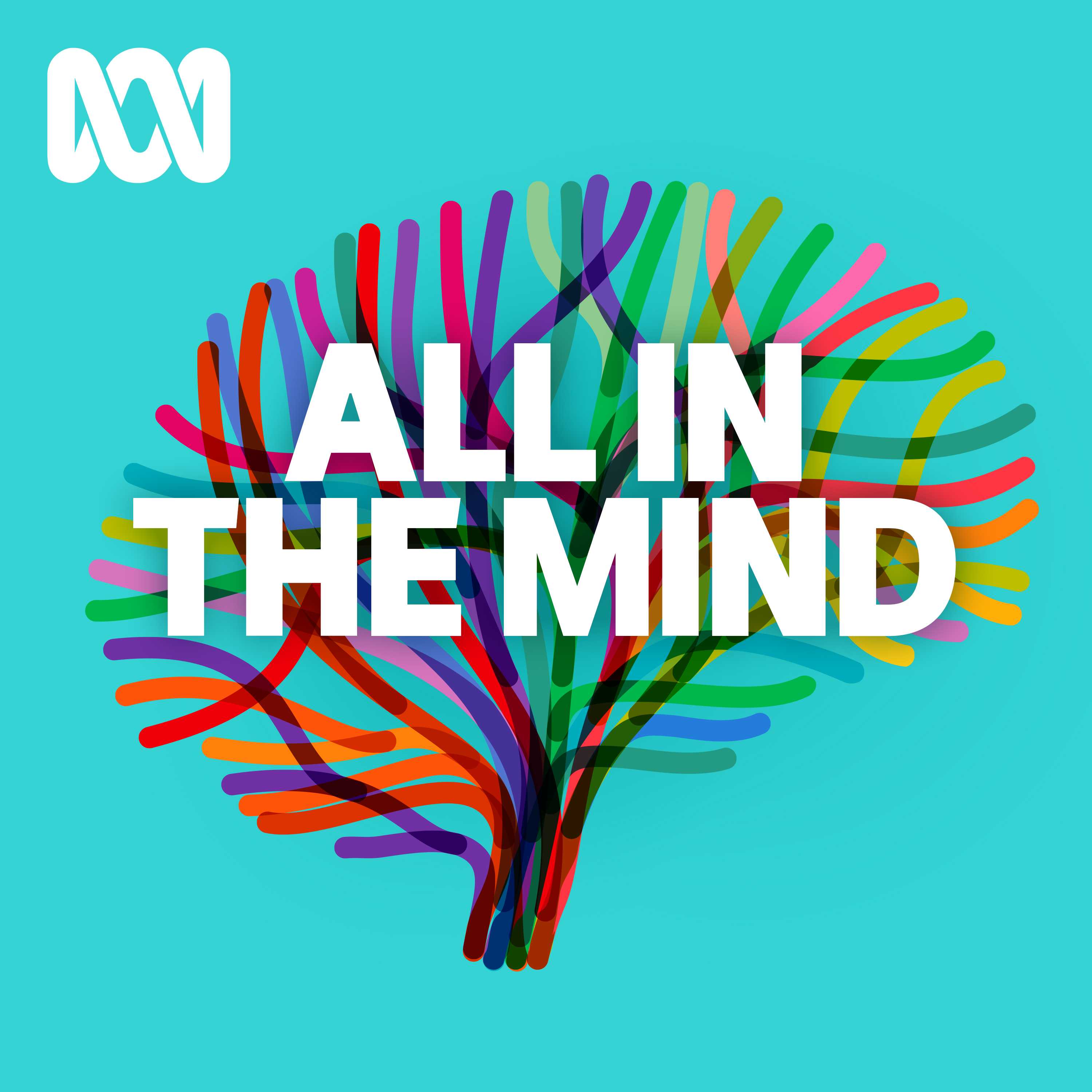
All In The Mind
ABC listen
What Now? with Trevor Noah
Trevor Noah
No Stupid Questions
Freakonomics Radio + Stitcher
Entrepreneurial Thought Leaders (ETL)
Stanford eCorner
This Is That
CBC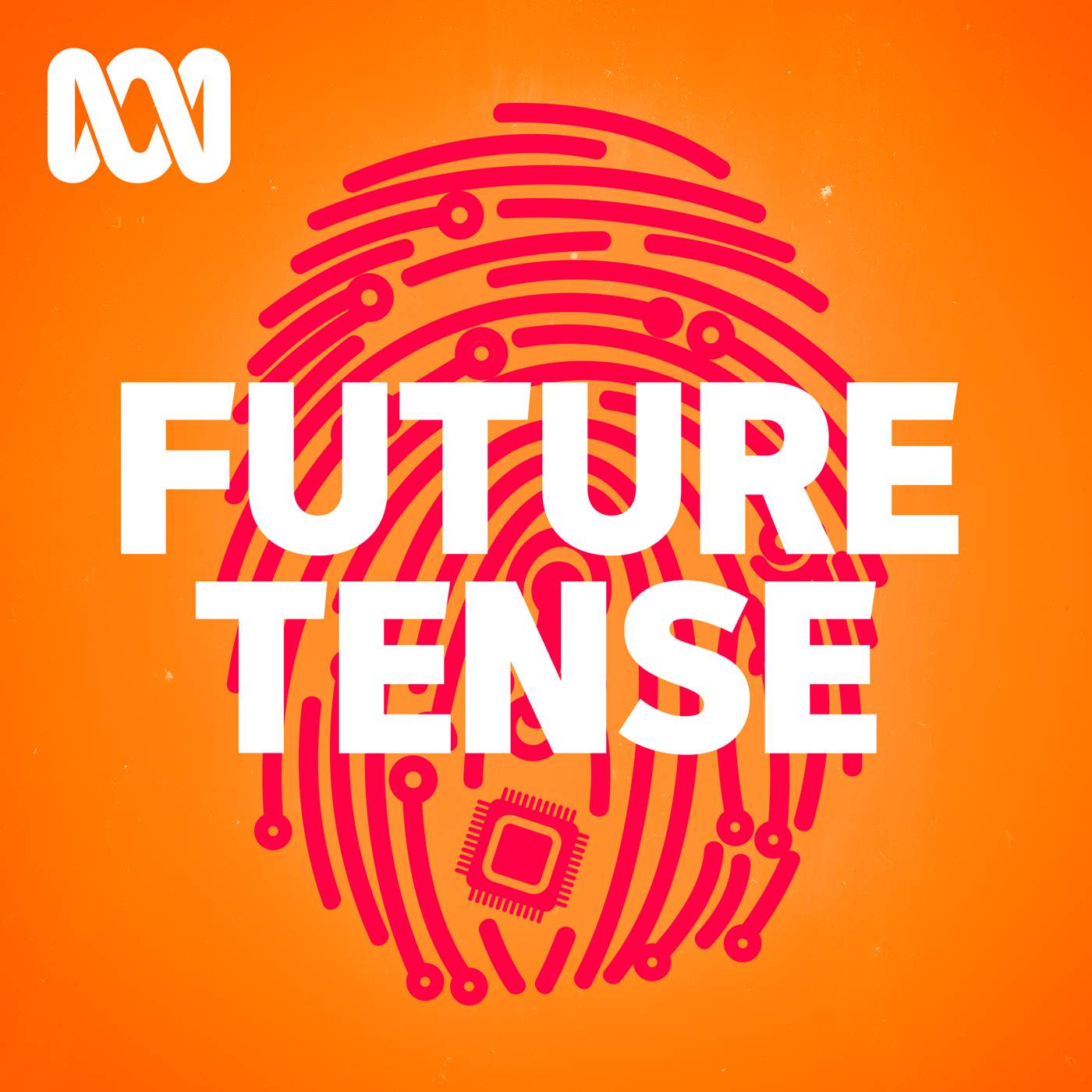
Future Tense
ABC listen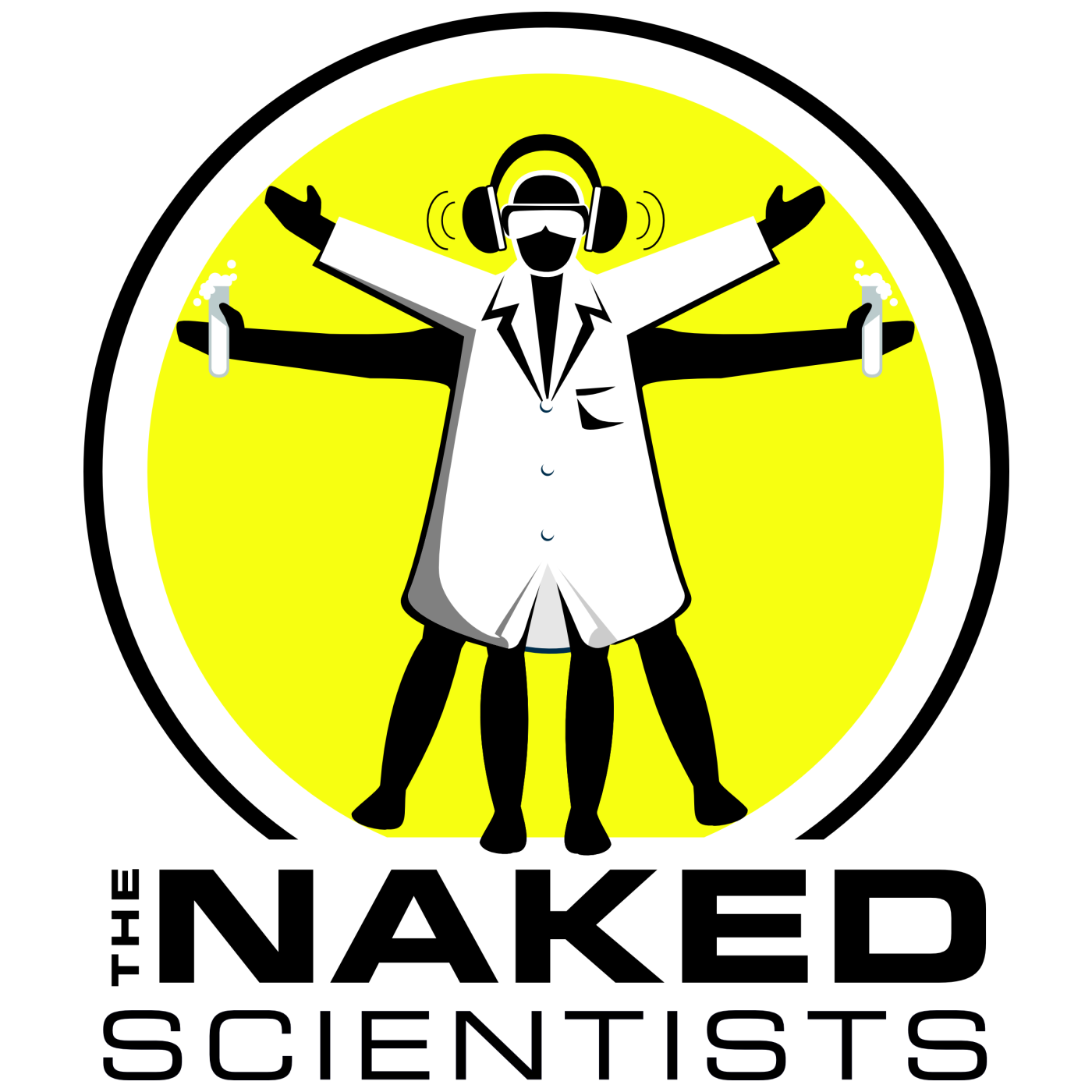
The Naked Scientists Podcast
The Naked Scientists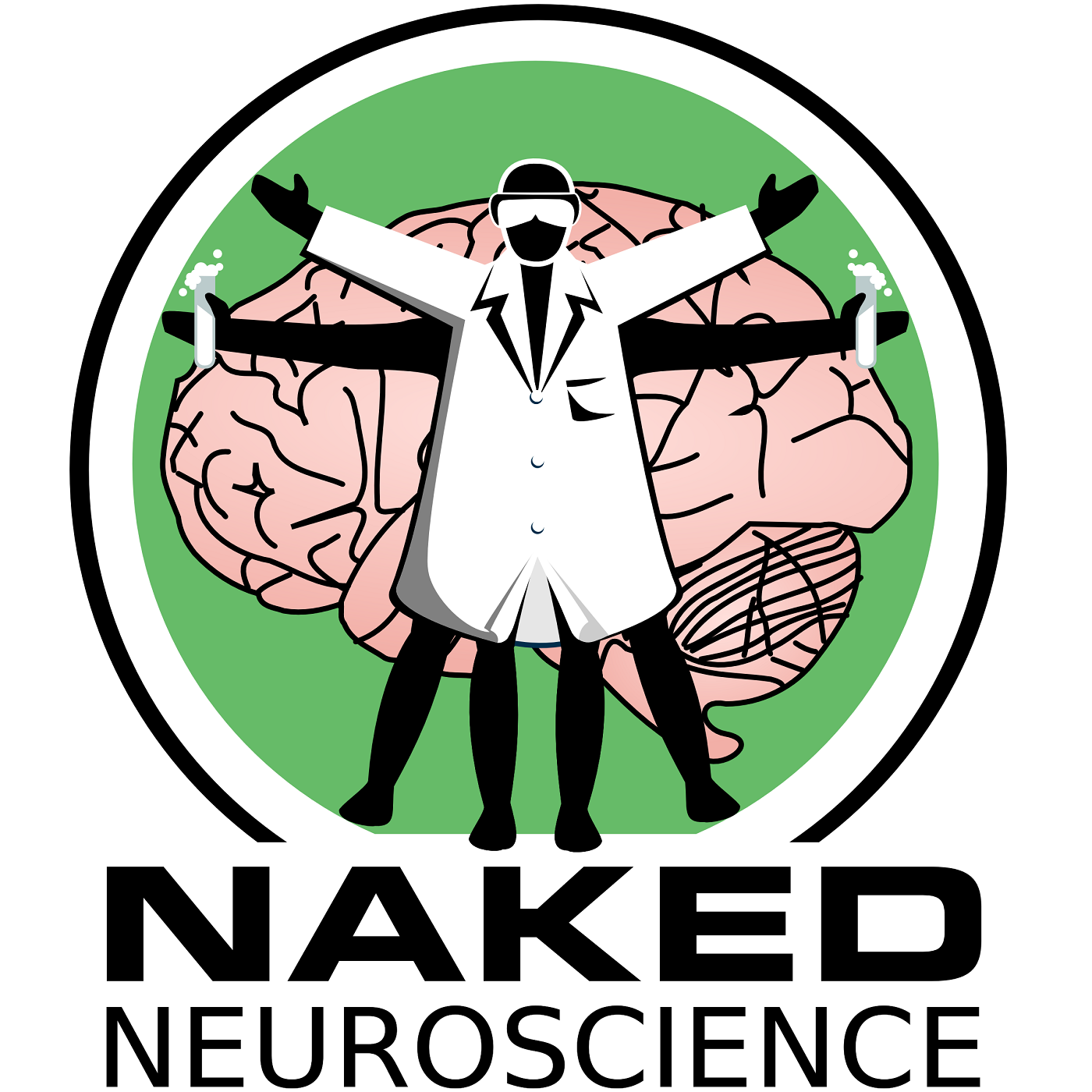
Naked Neuroscience, from the Naked Scientists
James Tytko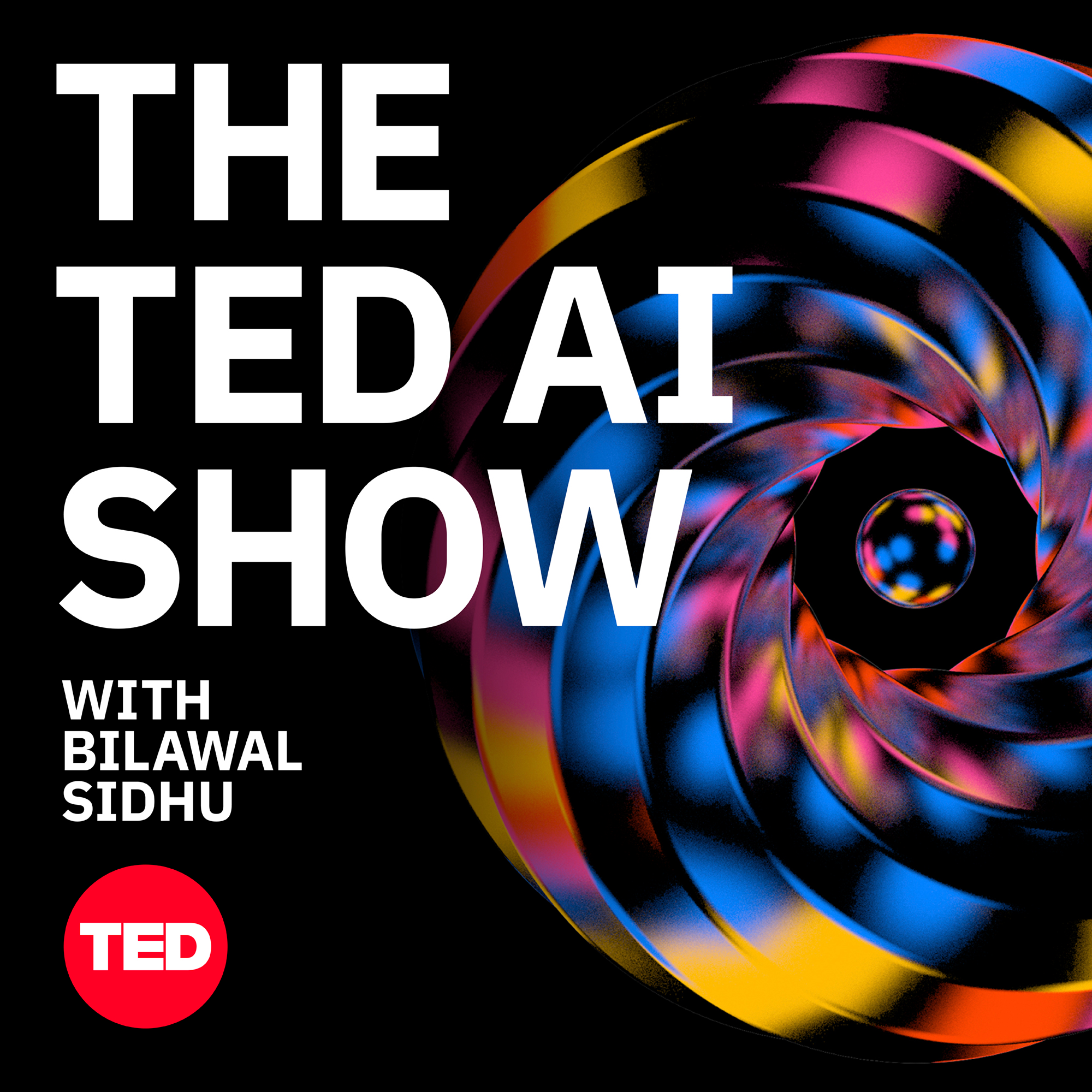
The TED AI Show
TED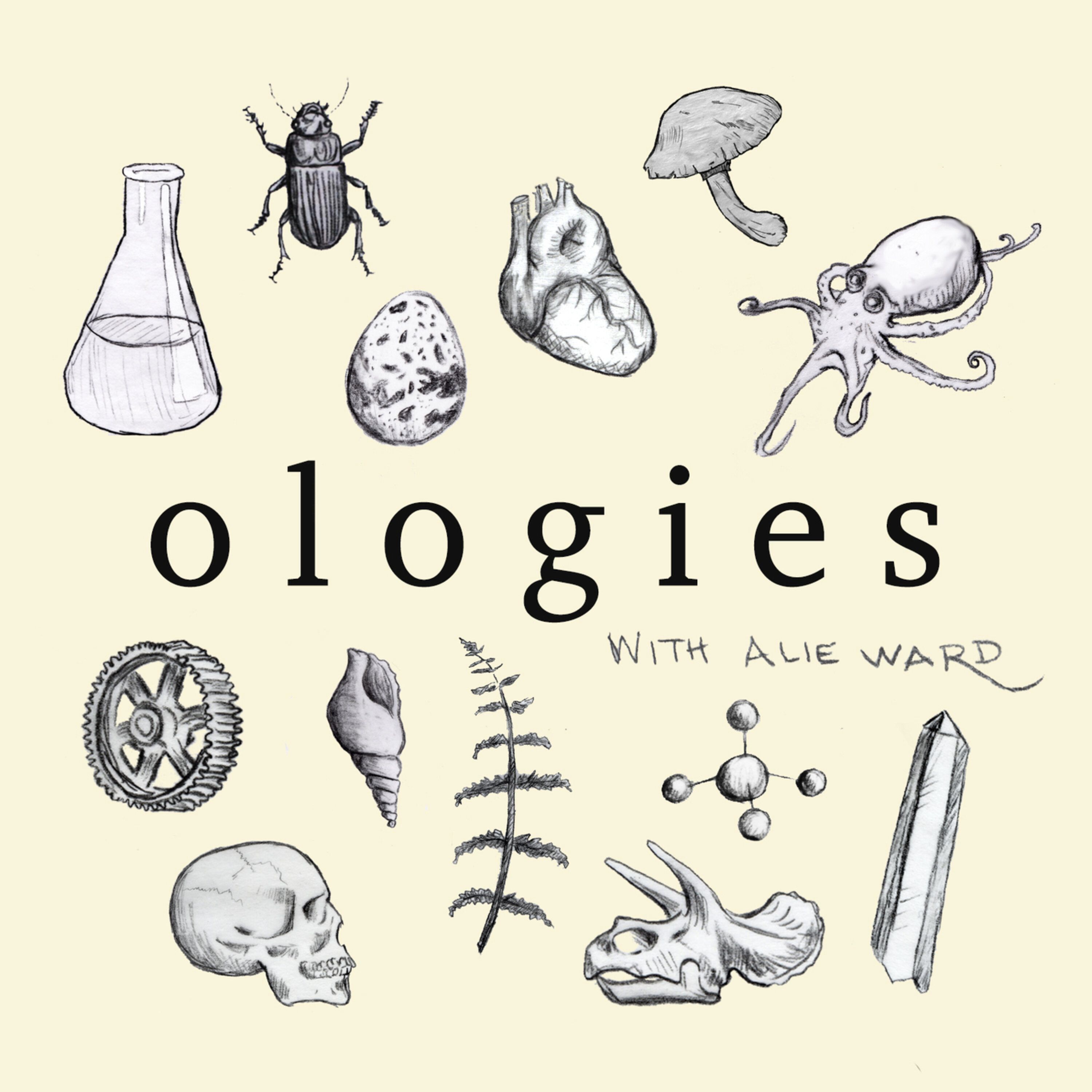
Ologies with Alie Ward
Alie Ward
The Daily
The New York Times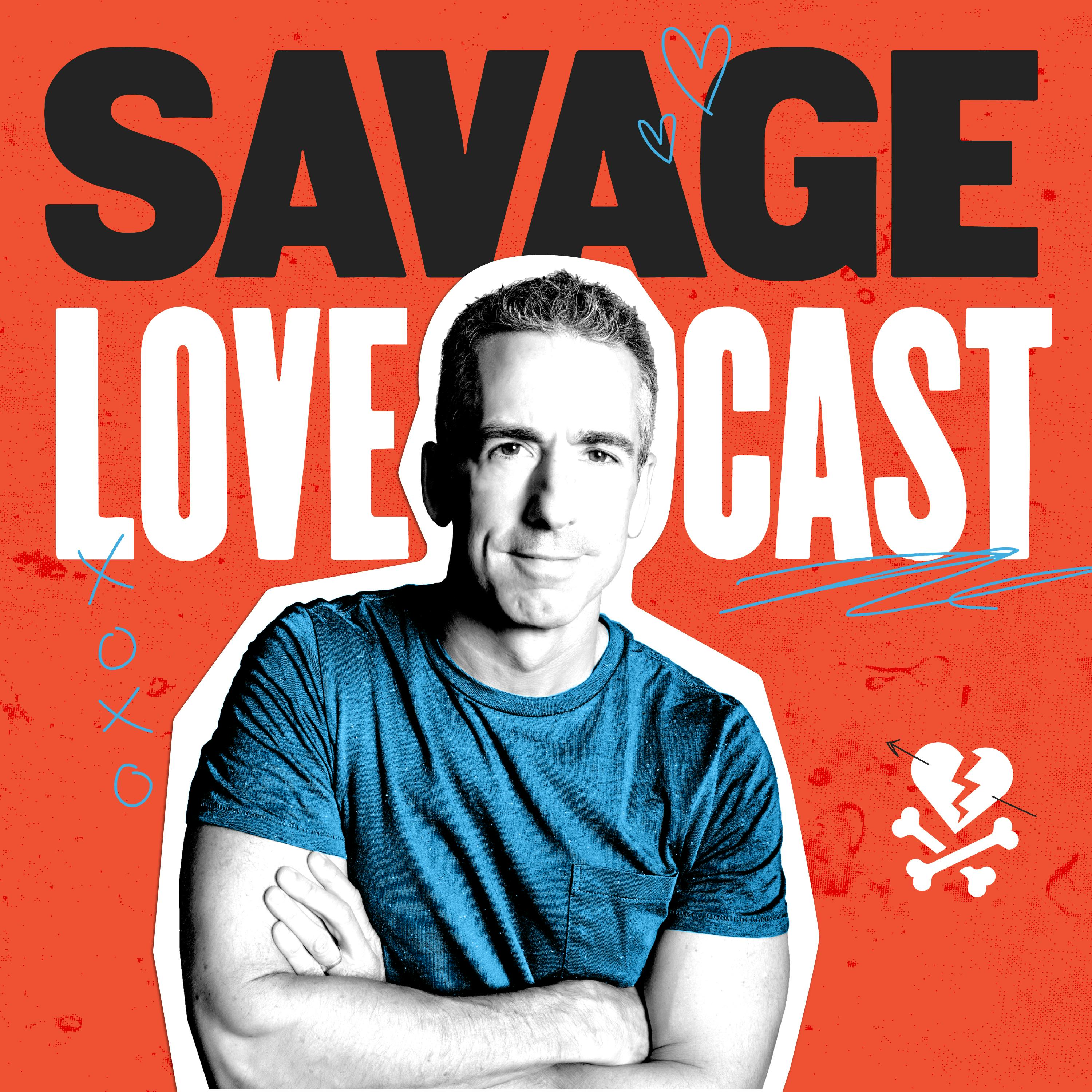
Savage Lovecast
Dan Savage
Huberman Lab
Scicomm Media
Freakonomics Radio
Freakonomics Radio + Stitcher
Ideas
CBCLadies, We Need To Talk
ABC listen

